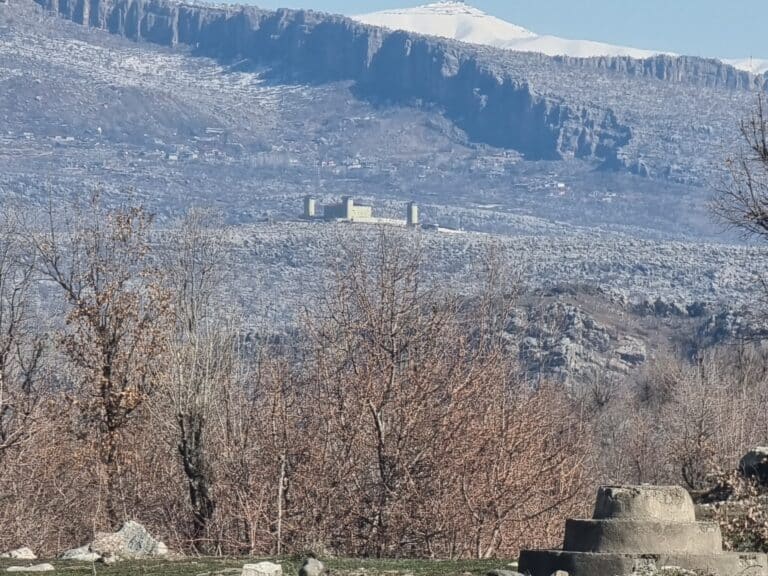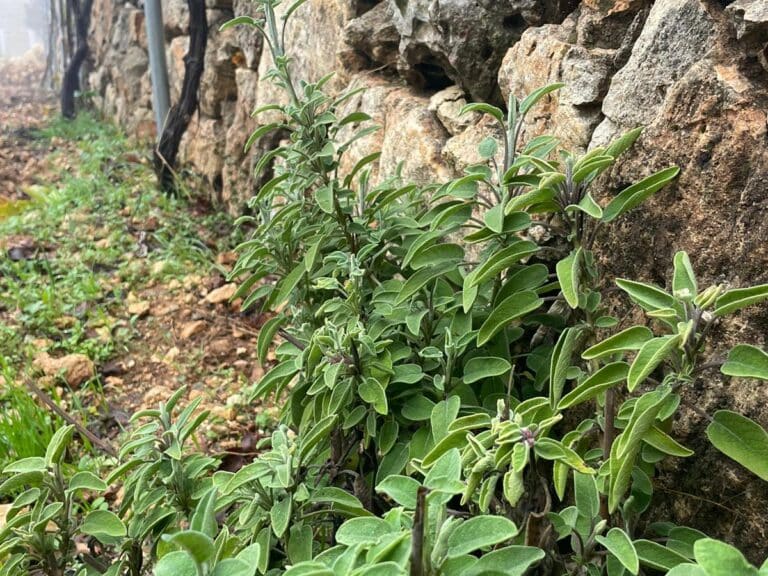indigenous women who have been murdered or disappeared
The
small room rang with the sounds of synchronous drumbeats. Eight women in a range of ages hit the
large drum while their voices cried out the “Warrior Song.” Young girls took their turns at leading
the song, their voices rising above the beat. These women are the future of Asubpeechoseewagong Netum Anishinabek
(Grassy Narrows, Ontario).
Community
members, including the October CPT delegation to Kenora/Grassy Narrows,
gathered on the evening of 4 October 2010 to remember the lives of 582
Aboriginal women. The Native Woman’s Association of Canada’s Sisters in Spirit
(SIS) initiative had set aside this day to honour women who have disappeared or
been murdered in Canada over the last twenty years.
This
degree of violence directed against indigenous women is way out of proportion
to their representation (3 %) in the Canadian population.
SIS
says that several factors that contribute to this violence:
- Until
1985, an indigenous woman who married a non-indigenous person lost her status
as “Indian” as well as their right to live on reserve and to access other
services. This led to cultural
isolation. - Residential
schools resulted in a cycle of trauma and abuse that continues today. - Government
policies in the 1960s allowed indigenous children to be removed from their
communities and to be placed in non-indigenous homes. Again, this resulted in break-up of families, loss of
cultural identity and, often, trauma and abuse.
Because
of this culture of delegitimization, some men have accurately assumed they can get away with racialized and
sexualized violence against the women. In October 2004, Amnesty International
released Stolen Sisters: A Human Rights Response to Discrimination and Violence
against Indigenous Women in Canada . In their findings, they noted the
following:
- According to a Canadian government statistic, young Native women are five times
more likely than other women of the same age to die as the result of violence. - Studies
suggest that assaults against Indigenous women are not only more frequent; they
are also often particularly brutal. - In only 53% of the cases involving
Native women was someone charged, whereas the average rate for homicide charges
among Canada’s general population is 84%
The
report brought the issue to the attention of the Canadian government and the
media, but they continue to be unresponsive. Native women’s organisations are asking for all levels of
government to develop a comprehensive program to stop this violence.
But on
4 October in Kenora, Ontario there were small signs that at the grassroots
change is happening. The community
was gathered for the fifth year and the group was the largest yet. In addition to the women, men were
there as allies to remember the lost ones, and to call for an end to the
violence. And the young women were
there. Judy da Silva, the leader
of Grassy Narrows Women s Drum Group said, “I do not tell my daughters to shut
up. I want them to grow up with
strong voices. I don’t want them
to be silenced.” As these young
women sang out clearly, older women from the audience came up quietly to stand
behind them to support them in their song.



